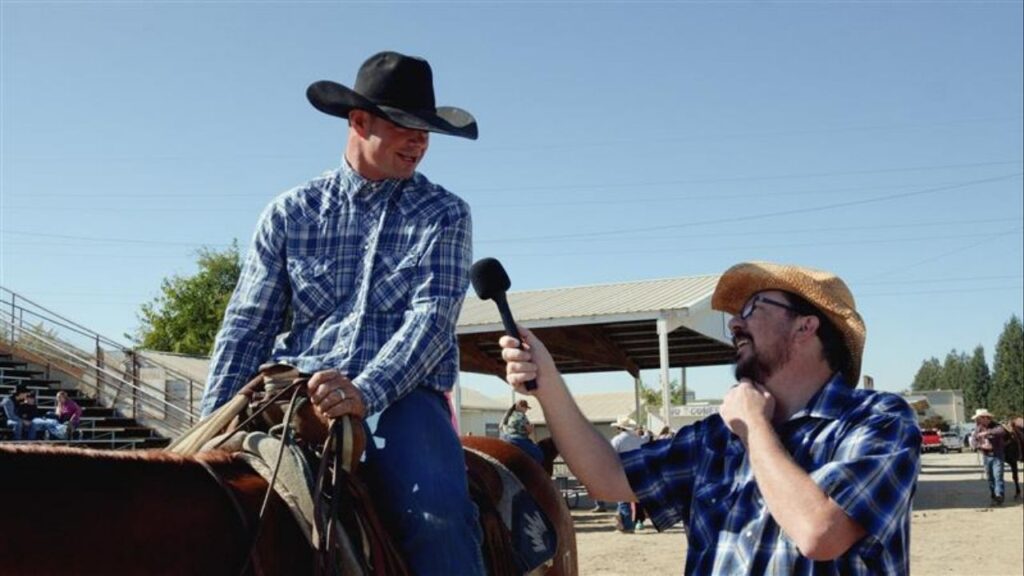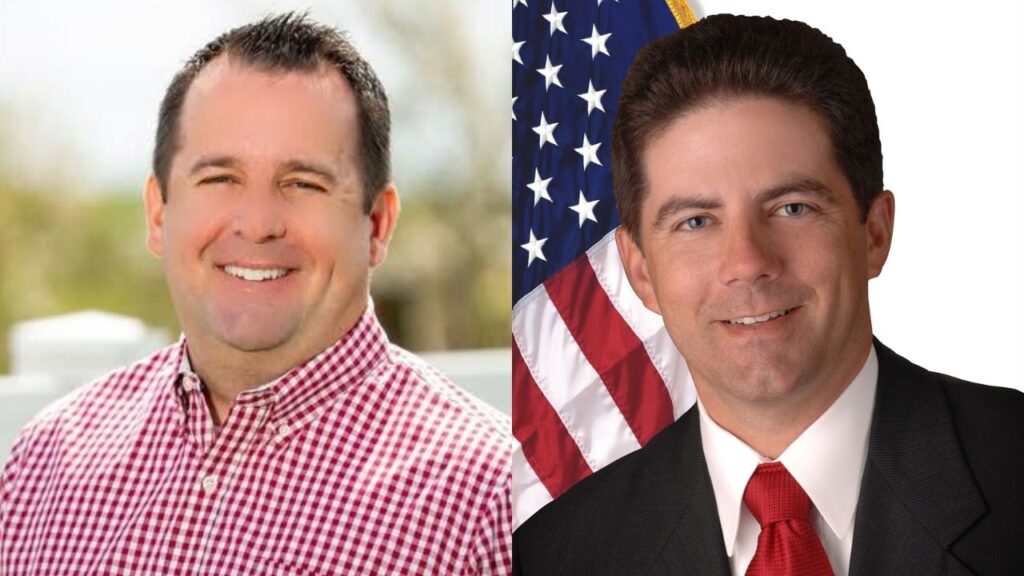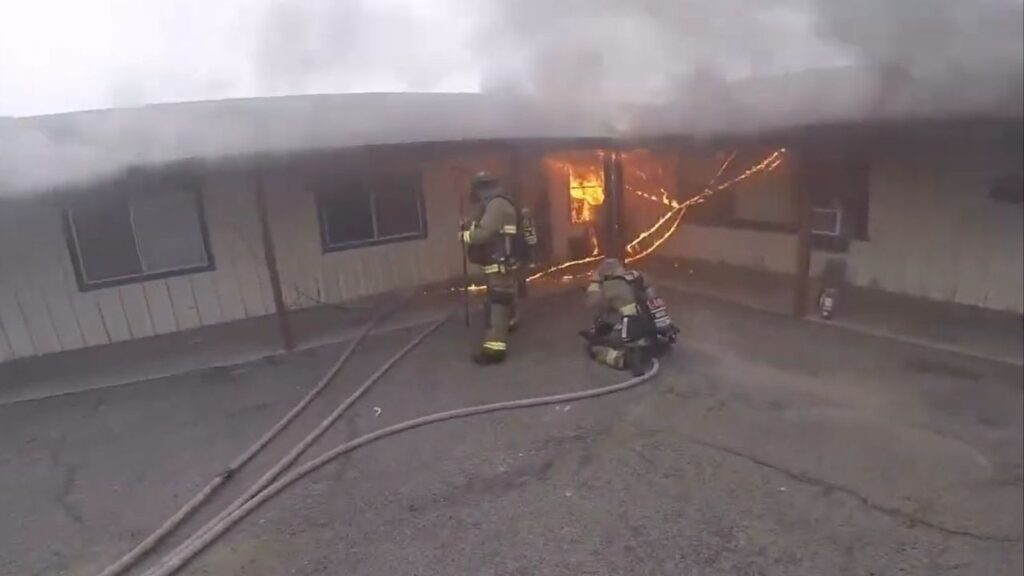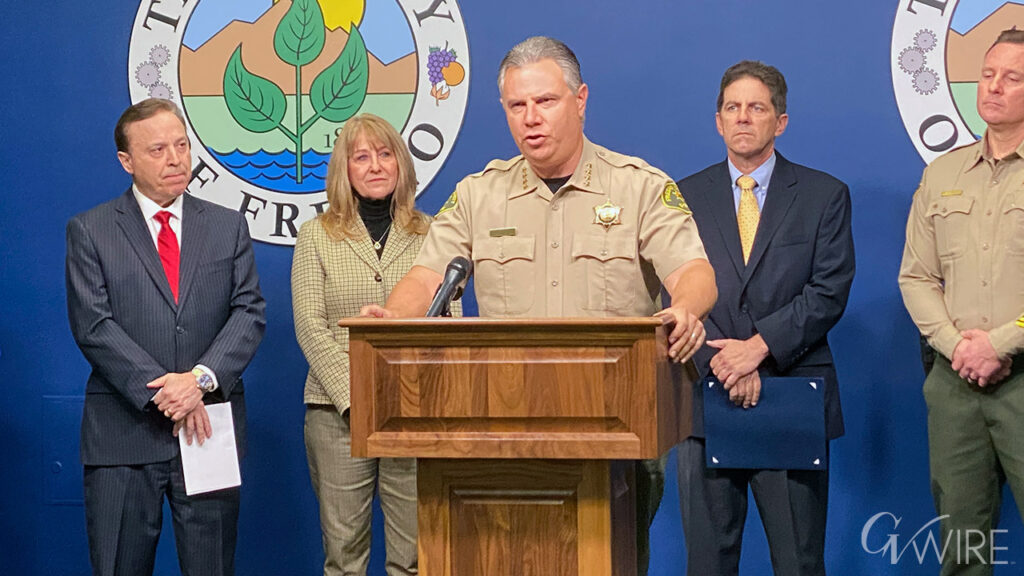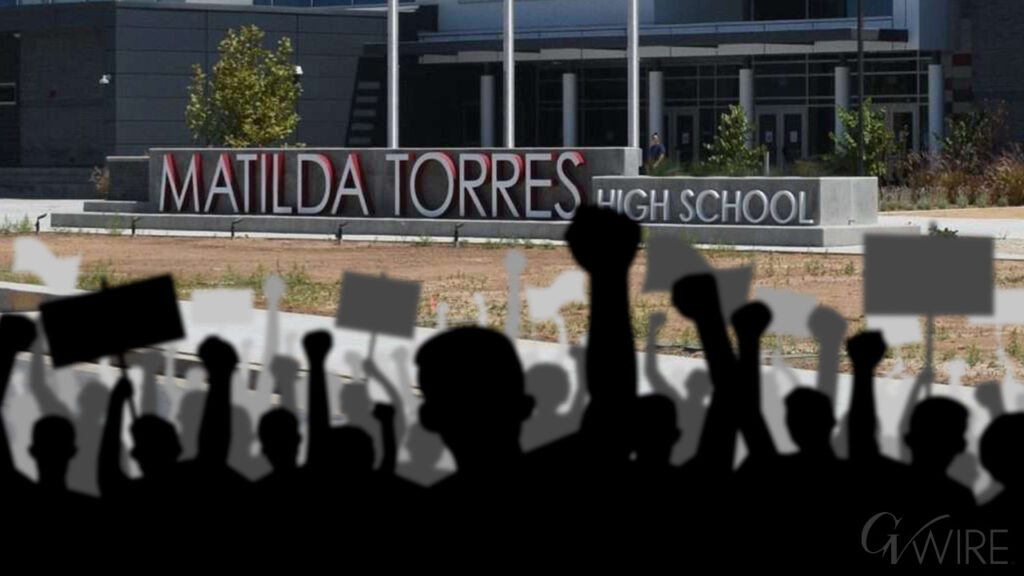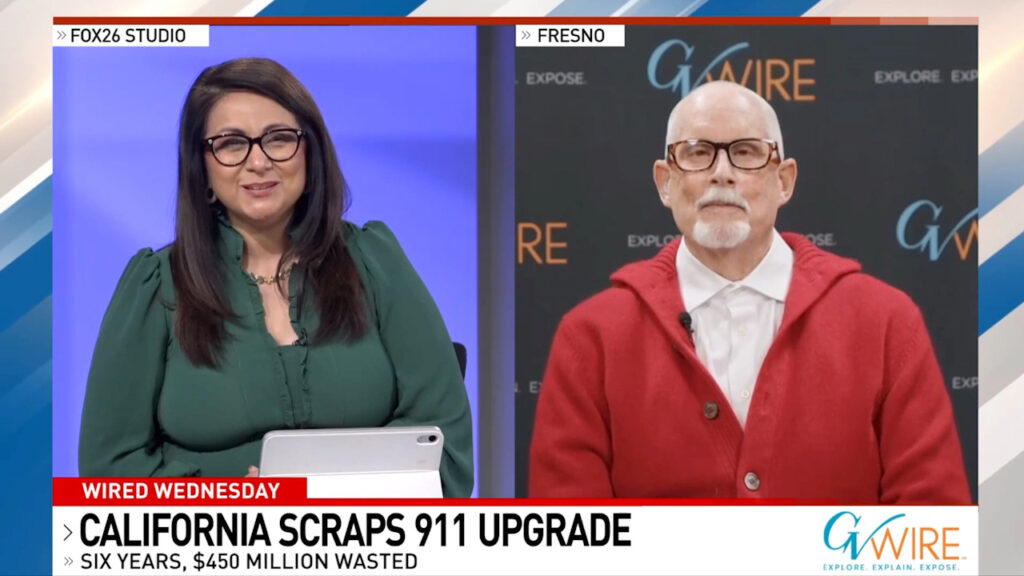Share
Early childhood education. A top-tier national ranking for K-12 per-pupil spending. A data system that would track kids from nursery school through state universities.

By Ricardo Cano
CALmatters
Gov.-elect Gavin Newsom publicly supports many of the same education initiatives being pushed by legislators. But he’s also said he plans to “live within our means” and follow Jerry Brown’s frugal example. Whether the economy — and the Democrats’ legislative mega-majority — will comply is an open question.
In any case, as California rings in a new administration, here’s a guide to some of the big-ticket education items lawmakers will likely debate next year.
Universal Preschool
Why it matters: State leaders view spending more on preschool and other early childhood programs both as a key to improving learning outcomes for disadvantaged students and as a powerful anti-poverty program.
In a recent collection of studies published by Stanford University, professor Deborah Stipek wrote that the state’s “large achievement gap is in part the result of a significant decline in the level investment in its youngest children.” The studies found that some students enter kindergarten already behind and never catch up to their peers.
Backstory: California has a subsidized preschool program in which the state covers tuition costs on a patchwork of programs. But there aren’t enough slots to cover all eligible kids, and legislators and advocates want to better align standards so that more kids are better prepared for kindergarten.
Universal preschool is estimated to cost about $8 billion, and Senate and Assembly leaders say early childhood programs will be high on their agenda. Newsom, a father of four, said he wants to greatly expand access to preschool and childcare services.
What’s on the table: Assemblyman Kevin McCarty of Sacramento this month introduced Assembly Bill 123, part of a package of bills that would more than double funding for the state’s program.
McCarty said his plan — other legislators could introduce proposals of their own — would fund preschool for all eligible low-income 3- and 4-year-olds in California, as well as “middle-income families who are just outside the income limits.” He said families who don’t qualify for any financial assistance pay “UC Berkeley-type tuition costs” to send their kids to preschool or secure quality childcare services.
“We think the window has never been wider,” McCarty told reporters. “We have a governor-elect who’s very into this issue. … There are challenges, there is a lot of competition (for funding), but I’ve never been more optimistic about this.”
Per-Pupil Spending
Why it matters: In a state as diverse and large as California, public schools are both a powerful engine of social mobility and key to a skilled workforce for the world’s fifth-largest economy. But analysts are warning that school districts will be in dire distress if the state doesn’t help them deal with mounting financial pressures.
Meanwhile, Stanford researchers have found that the state needs to spend $25.6 billion more — a 38 percent increase — than it currently is for all California students to meet learning expectations.
Intense pressure is mounting to boost California’s per-pupil spending toward the top of the nation’s ladder, far beyond the billions of dollars Gov. Brown pumped into the state’s public schools after the recession. Many education advocates and school officials point out that that money merely restored funding cut during the downturn, and that California’s per-pupil spending, when adjusted by cost of living, ranks among the bottom tier of states.
Backstory: Under Brown’s Local Control Funding Formula, which distributes money partly based on a school’s concentration of disadvantaged students, schools have received gradual funding increases each year since 2013, the year it was signed into law. This has totaled more than $21 billion.
This year, the funding formula reached “full implementation,” meaning that the state hit the spending target it originally set for itself. While school officials and education advocates are pleased that Brown’s signature education reform met its goal two years ahead of schedule, schools are uncertain whether they’ll receive similar increases moving forward as their fixed costs keep rising. Reaching the original spending target, they say, was never intended to be the endpoint.
What’s on the table: Assemblyman Al Muratsuchi, a Democrat from Torrance, introduced AB 39 on the first day of the new session. Muratsuchi’s bill essentially sets a new target to raise school funding by $35 billion more per year, a 60 percent increase, though it doesn’t include a time frame for the goal.
“We’re hearing all kinds of new proposals for new programs,” Muratsuchi said, “but I want to make sure that we continue to make our top priority our ongoing (K-12) commitments.”
Muratsuchi introduced similar legislation last session that had near unanimous support in the Assembly and Senate before it stalled at the end of session. Muratsuchi believes Brown wanted to leave large-scale school spending commitments to the next governor.

Data Systems
Why it matters: Education leaders and researcher say tracking students through data would give them a more complete picture of whether reforms and efforts to improve student achievement are working as intended. Supporters of a “longitudinal” database —which include Newsom — point out that California is among a handful of states that don’t already have such an infrastructure in place.
Backstory: Officials, advocates and researchers have long called for the state to create a system of databases that accurately and reliably tracks students’ outcomes from preschool all the way through college. So far it hasn’t happened. But the concept is aligned with Newsom’s vision of an educational system that takes Californians “from cradle to career.” While acknowledging that the need to upgrade technology often gets lost in discussions about improving education, he has called it “profoundly important.”
What’s on the table: State Sens. Steve Glazer and Ben Allen have introduced Senate Bill 2, which would create a statewide longitudinal student database by 2022. Glazer unsuccessfully proposed a similar measure last year; a Senate analysis found the concept needed more work.
Funding Reality
Why it matters: Despite California’s hefty budget surplus, economists warn that another recession could be around the corner, and the state’s revenue picture is notoriously volatile. That led to traumatic budget cuts and teacher layoffs in the last downturn. But intense, pent-up demand for ambitious projects has also accumulated in part due to Brown’s reluctance to commit to ongoing new spending over the past eight years.
Backstory: In his second stint as governor, Brown led the state out of a budget crisis and restored school funding to pre-recession levels. He repeatedly reminded legislators in speeches and veto letters to watch the spending and warned that the state should be prepared for the next economic downturn.
Newsom has vowed to follow Brown’s lead, but also hopes to make a mark. And Democrats will have unprecedented power at the Legislature this session, with supermajorities in both chambers that could theoretically pass tax increases for education and other priorities without Republican support.
What’s on the table: Education is already the biggest line item in the state’s budget, absorbing about 40 cents of every taxpayer dollar. Nonetheless, among education leaders and advocates, there is a broad consensus for raising school funding. Incoming state superintendent of public instruction Tony Thurmond, a former state Assemblyman, said he plans to push an eight-year proposal to raise California’s ranking in per-pupil spending to the nation’s top.
Advocacy groups representing local school boards and administrators launched a campaign this summer calling for “full and fair” funding that would bring California into the Top 10 — a jump of 31 spots, adjusted for cost of living — by 2025.
“Unfortunately, the state of California has a history of establishing a program only to have to cut them back significantly in a time of downturn,” Allen said. “It doesn’t help any kids in the long term to (start) a program only to have to scale it back when the revenues start to drop.”
Looming over all of this is the prospect of a voter initiative on property taxes that would also have a major impact on school finance. The so-called “split roll” proposal would scale back a decades-old law that grandfathered property tax rates for some Californians recently qualified for the 2020 ballot.
The measure to weaken Proposition 13 is estimated to bring in about $6 billion partly earmarked for schools.
Lawmakers could take that issue up as well, rather than leave the large and complex proposal up to the ballot box.
Wesley Smith, executive director for the Association of California School Administrators, said: “School districts up and down the state are feeling the impact of a recession that’s not even here yet.”
“What we have to avoid with our new governor coming is that we don’t allow people to believe wrongly that public education finance is fixed. It’s not,” Smith said. “When you’re top 5 in the world in revenue generation, but you prioritize your kids in this country 41st out of 50, you haven’t fixed it.”
CALmatters.org is a nonprofit, nonpartisan media venture explaining California policies and politics.








